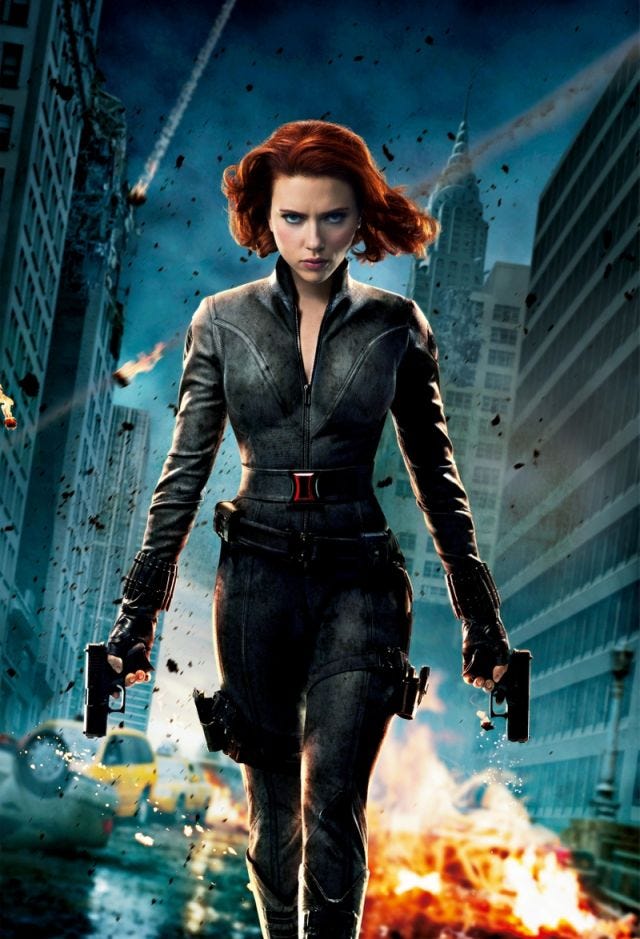So What, Who Cares (vol 1, issue 42) Where I lead off with a math correction
I am so embarrassed about this: Last night, in talking about the length of the average American workweek, I wrote, "The "good" news is that the average American workweek is merely 47 hours (thereby eluding the dreaded missed meals/depression risk by 360 minutes)." That should have read 180 minutes. (3 * 60 = 180)
I regret the error. I will stop trying to do math in my head after 9 p.m.
*
Digital media is making it harder to enforce a ruthless taste hierarchy on other people based solely on their visible consumption patterns. We've already bemoaned how Kindles make it hard to instantly judge someone based on their choice of reading in public. The New York Times was on it in 2009 (with the hed "With Kindle, Can You Tell It's Proust?"), noting:
For the purpose of sizing up a stranger from afar, perhaps the biggest problem with Kindle or its kin is the camouflage factor: when no one can tell what you’re reading, how can you make it clear that you’re poring over the new Lincoln biography as opposed to, say, “He’s Just Not That Into You”?

The paper of record does not go on to examine why it's important to impart the information that you wouldn't be caught dead reading "He's Just Not That Into You." And the entire article neatly sidesteps the possibility that the next step in assessing one's character by their library is simply to hack their Kindle. It was a more innocent time.
But now the New York Times is back at it with Dan Brooks opining that digital music has made it hard for avid music fans to demonstrate the measure of their devotion and/or the depth of their good taste, because digital music has made it too easy for any chump to find and listen to something. Proving that bagging on the Gray Lady can make for valuable, depth-added insight to a story (vol 1, issue 22), Judy Berman brilliantly deconstructs this essay and concludes:
In Brooks’ essay, record stores and CD binders are just a way for women to signal to the author that she’s a member of his tribe. This is commodity fetishism as mating dance, and what it says about love these days is as depressing as the (closely related) realization that the identity you’ve constructed for yourself amounts to “patterns of consumption.”
So what? Nature abhors a vacuum, so start looking for the next commodity fetishes of good taste. If we can't see what people are reading or listening to on their smartphone, perhaps we can just judge them by the phone cover. Seventy-five percent of smartphone owners use phone cases.
Another statistic to start tracking: How case sales fare after a phone's release. According to the NPD Group, smartphone buyers spent $249 million on phone accessories in the two weeks after the iPhone 6 release last month, a 28% increase over the $195 million spent on accessories in the wake of the iPhone 5s release in September 2013. Possibly related: the first week of iPhone 6 sales only topped the iPhone 5s sales by 10%. Accessories are cheaper than smartphones (and may not have the same waiting lists), which could explain consumers' ability to buy early and often.
Who cares? Smartphone cases can be used for predictive kicks -- after all, these companies have to finagle ways to manufacture their goods weeks or months before the latest smartphone is released -- and they can be used to determine the general state of mind among America's consumers. The masstige market -- i.e. bringing a perceived luxury experience to middle-market consumers -- has an opportunity to move from personal toiletries, food products, stationary or home linens, and into tech consumption.
*
If you know and/or love a nerdly type, you may have been heard their shrieks of excitement yesterday as Marvel announced its ambitious "Phase 3" slate of movies: Captain America 3 (5/16); Doctor Strange (11/16); Guardians of the Galaxy II (5/17); Thor: Ragnarok (7/17); Black Panther (11/17); Avengers Infinity Wars Part 1 (5/18); Captain Marvel (7/18); Inhumans (11/18); Avengers Infinity Wars Part II (5/19). This news comes a little more than a week after rival comics titan DC Comics announced its movie plans through 2020: Batman vs. Superman (2016); Suicide Squad (2016); Wonder Woman (2017); The Justice League Part 1 (2017); The Flash (2018); Aquaman (2018); Shazam (2019); The Justice League Part 2 (2019); Cyborg (2020); Green Lantern (2020).
So what? Both DC and Marvel have finally decided that people of color and women can open movies, although this is the year 2014, so patting them on the back for coming to that realization seems a tad generous of spirit.

However, what's notable in the comic movie line-ups are what's missing: Marvel has built-in demand for a Black Widow movie, a proven box office draw in Scarlett Johansson (her global box office value is estimated at $120,081,844), an actress who has been lobbying for that standalone movie,so why no Black Widow standalone? Marvel studio president Kevin Feige claims it's because she gets enough screen time in other movies. His other excuse is that her movie would obviously be a prequel -- for reasons as yet unmentioned -- and Marvel's all about living in the now, and the now includes one whole female-lead movie out of nine, so why can't we just be happy?
(Another, little-reported reason why neither Johansson nor Samuel L. Jackson's Nick Fury will ever get movies? They are expensive and Marvel is famously cheap. Both Jackson and Johansson are reported to have already made eight figures from their assorted Marvel appearances -- not bad for Johansson, who had to bargain hard for a $450,000 salary for her first Marvel role -- and the studio likely does not want another Robert Downey Jr. situation on their hands, where they're on the hook to an actor for $50 million in compensation.)
Who cares? Will the movie-going public really maintain a blockbuster level of interest in superhero movies for the next six years straight? Will there even be a movie-going public? George Lucas -- whose instincts were wrong about Jar-Jar Binks but very, very good about many other aspects of film industry trends -- thinks there won't be: "There’s eventually going to be a big meltdown ... You’re going to end up with fewer theaters…. Going to the movies will cost 50 bucks or 100 or 150 bucks, like what Broadway costs today, or a football game.” Ask yourself whether we really are heading toward a future in which we shell out $50 to watch Aquaman.

Extra reading: So DC is releasing a Suicide Squad movie -- they are sort of the opposite of the A-team in that they were definitely accused of crimes they committed and they are doing the exact opposite of running from the government -- but if you ask me, the real group comic they should have turned into a movie is the Secret Six. Gail Simone's incarnation of the team (2005-2011) is a funny, brilliant and heartbreaking master class in how to do anti-heroes right. I can't even think about the Rag Doll without giggling. Read Six Degrees of Devastation, then Unhinged and then Depths, then think about the movie the DC crew could have made in a more awesome universe.
*
Your pop-culture note of the day ... will return.
*
Did you miss an issue of So What, Who Cares? The archive is here. Also, there is now a topic index that tells you what was in each issue. If you're like, "I remember there was an issue with a gratuitious picture of The Rock, but when ...?" -- well, now you can find it. (It was September 4, 2014, btw.)
As always, I welcome your feedback and suggestions via email or Twitter. Always let me know what you think about So What, Who Cares? If you really like it, tell a friend to subscribe.

